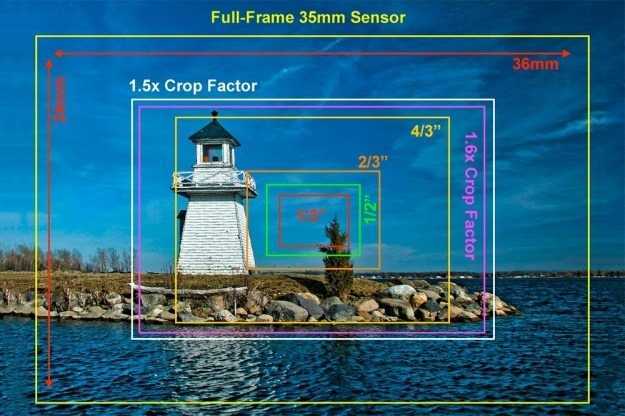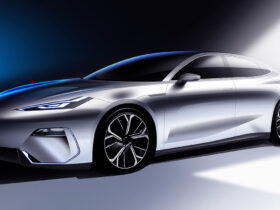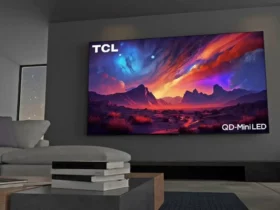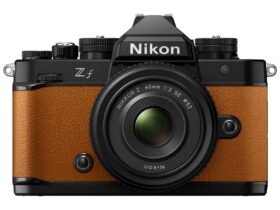Does it really make sense to switch to Full Frame? This article analyzes the differences between camera bodies with Aps-C and Full Frame format from the purely point of view of the performance of the devices with the aim of guiding the photographer towards the choice of the camera that best suits his needs.
Every amateur photographer sooner or later finds himself having to face the “monkey” of the full frame.
There are several factors that are driving more and more people to purchase full-frame cameras. First of all, the offer is increasing and the relative prices are falling, making the new models more accessible as the old ones that are starting to circulate in used cars. Typically, when you enter the world of photography, you start by buying an entry level Aps-C body, and you start practicing the hobby. The outfit grows as a result of increasing interest, passion, style development and the rise of tempting monkeys.
Recently major camera manufacturers have launched a series of new Full Frame cameras (mirrorless). This also reflects a market trend: it is undeniable that the unsurpassed practicality of smartphone cameras is reducing the market for “traditional” cameras, especially compact ones. Consequently, brands are looking for new buyers, raising the bar and offering increasingly sophisticated models and very high performance with clear differences compared to smartphones. These profound differences help justify their existence and “allow” high prices.
However, it remains to be understood that what pushes a photographer to raise the bar by switching to machines gradually with the largest sensor.
Switch to Full Frame: the differences with Aps-C
On a technical level, the first arguments that are usually drawn out to justify the transition to Full Frame are the reduction of the depth of field and the different amount of light that the sensor collects at the same time compared to an Aps-C sensor (which at the time of film was in fact commonly called “half format”). Let’s look at these two statements in more detail:
- The diagonal of a full frame sensor is a factor of 1.5 larger than that of an Aps-C sensor: this means that the sensor area is double. As a direct consequence, a sensor that has the same number of pixels in both formats will have sensors twice the size of Aps-C, and it is well known that the noise of the single pixel is inversely proportional to its size.
- The crop factor compared to Aps-C allows for a shallower depth of field.
- In the 35mm format the field of view is a factor 1.5 greater than that of an Aps-Ca sensor with the same focal length.
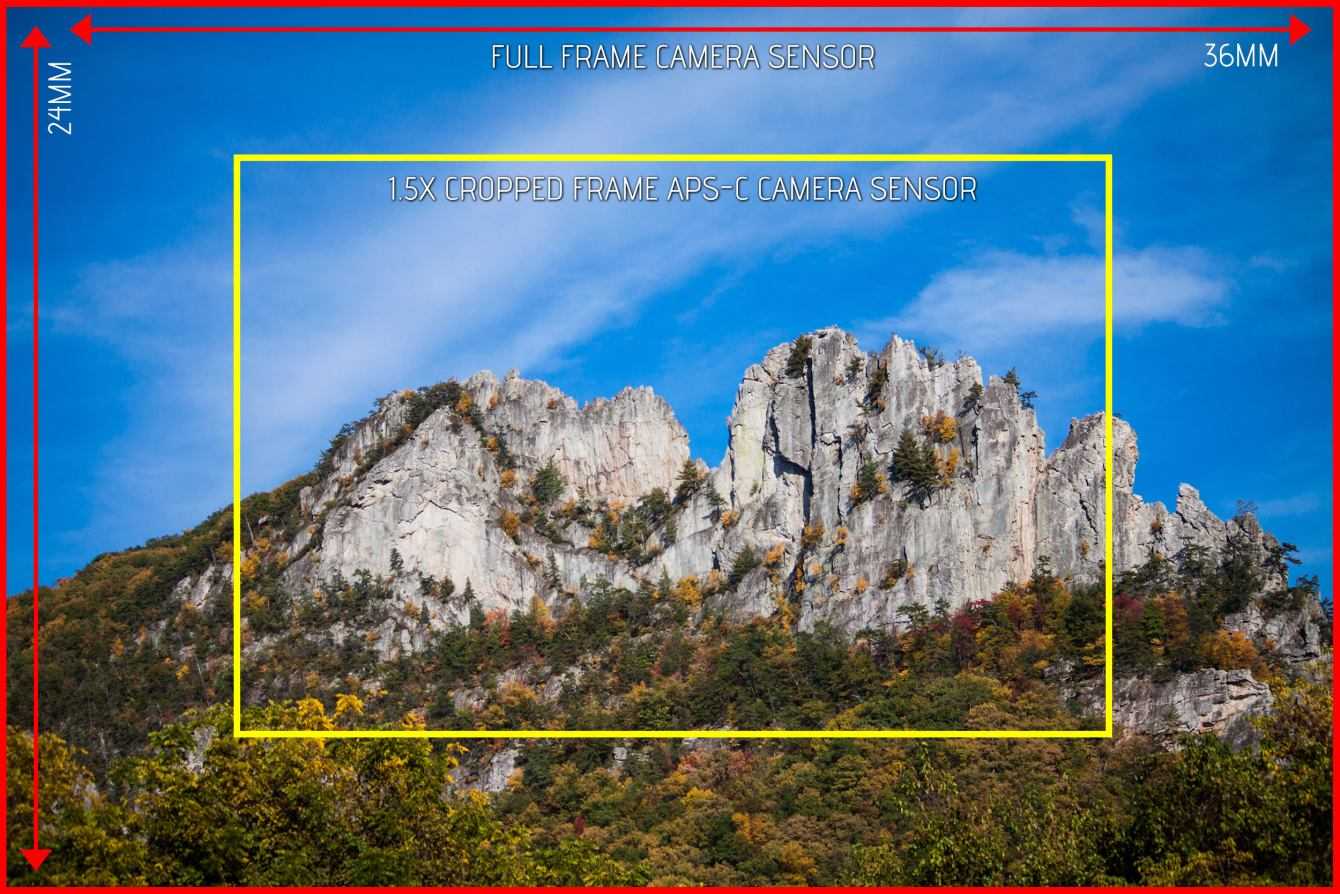
Apparently, in broad terms, the gain would be a stop on the noise, a stop on the depth of field and a field of view adhering to the focal lengths (which are referred to Full Frame), especially useful when you go to use wide-angle focal lengths.
Are we sure that all this justifies the remaking of an entire kit from scratch and an expense of at least € 1500?
Switch to Full Frame taking into account the performance differences between different models
I took the liberty of comparing in the table the main characteristics of the basic Aps-C bodies, top of the range and of the corresponding “entry level” Full Frame of the main manufacturers to see in detail how things are.
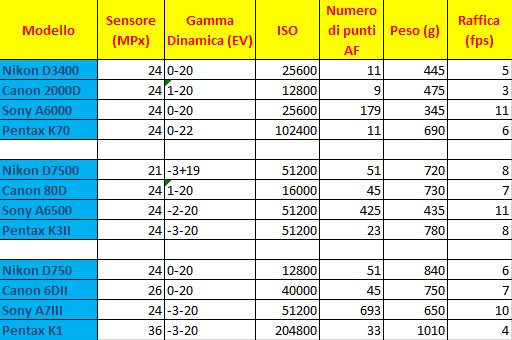
Main data of several entry level Aps-C, top of the range Aps-C and full frame cameras
The parameters that I have chosen to highlight in the analysis are the following:
- Number of sensor pixels: although it is not very relevant for the analysis, it is the first number that we commonly peek at among the specifications, and represents a good index of the age of a sensor, in the sense that the various manufacturers are always looking for sensors. more dense and knowing that a sensor has a number of pixels equal to the maximum on the market for the given format is a good indication of its relative youth;
- Dynamic range: represents the extension of bright details (tones) from white to black that the sensor is able to capture. Measured in EV it is on a logarithmic scale, so a dynamic range of 19 EV is a factor of 2 smaller than one of 20 EV;
- ISO: represents the maximum ISO sensitivity level that can be used with that particular sensor as declared by the manufacturer’s specifications, index of the sensor’s performance in terms of noise;
- Punti AF: going up the level, all performances have improved, in particular the autofocus modules are more populated and performing, allowing better operation and a reduction of out-of-focus shots;
- Weight: there is this mantra that a beautiful body must be big and heavy, I was curious to verify it;
- Gust: As for AF, leveling up increases the body’s performance in terms of shutter speed, which is especially useful for users who practice photographic hunting and sports photography.
It’s obvious that going into more detail there are many other differences (quality of viewfinders, weather sealing, stabilization, etc.). However, in this article I do not intend to carry out a comparative review to choose a specific article at the expense of another but rather to derive some general considerations on the differences in performance of camera bodies with different formats.
- The entry level Aps-C camera bodies are based on 24 MPx sensors, which corresponds to a pixel of about 4 um compared to about 6um of a full frame sensor with the same number of pixels. These pixel dimensions are not even reached by the top-of-the-range versions such as a7RIII which have 42Mpx on a full frame sensor with a pixel of just over 4um. The use of optics optimized for Aps-C therefore becomes fundamental when you want to get the most out of your equipment
- There are camera bodies equipped with Aps-C sensors that have a decidedly more extended dynamic range (22 EV against 20 EV) than other full frames: in particular, in addition to the extension they are much more sensitive in reconstructing shadows (sensitivity up to -3Ev vs 0 EV). Just think that the dynamic range of a Nikon D3400 is the same as that of a Canon 6D Mark II
- The much acclaimed stop of gain on noise when switching to full frame does not seem so evident, it perhaps depends more on the intrinsic performance of the sensor, which may be better on a newer Aps-C sensor than a full frame but older one. The Sony A6300 has a sensor with the same maximum sensitivity declared by Nikon D750. The values declared by Pentax are at least “curious”.
No products found.
- The AF modules of the high-level Aps-C machines are equal to those of the full frame of the same brand. Logically, devoted to sports photography and photographic hunting, they have better performance in terms of continuous burst shots.
- There is a sort of “crop factor” for the weight going up the level, but the full frame represents an increase in weight only in the case of Sony mirrorless cameras.
- Another “crop factor” that is often forgotten is linked to the lenses, which are often more bulky, heavier and more expensive than the equivalent for a smaller format.
Although this analysis is incomplete and hasty, it is sufficiently exhaustive to justify my thesis. The transition to full frame is currently not justifiable in terms of PERFORMANCE of the camera bodies but rather a fashion. Of course there may be very important ancillary considerations such as a greater feeling in the hand rather than the availability of more controls and buttons with programmable functions etc., but the fundamental point is the transition to full frame in my opinion must be justified by photographic needs.
Switching to Full Frame: The Real Difference
The real variation that you will have in fact on the result is given by the different and smaller depth of field that returns the use of a full frame sensor. In this regard, I feel I can formulate a series of situations that can justify a larger sensor from the technical point of view and photographic needs:
- You want to achieve greater isolation of the subject from the background in your shots
- You want to work with wide-angle focal lengths
- You want the highest resolution by purchasing a high resolution model (> 30 MPx)
- You want the best of the state of the art by purchasing the top of the range
I still want to clarify that some situations can be improved without necessarily switching to Full Frame: the use of a lens with a larger aperture than the one supplied can serve very well in order to reduce the depth of field (although this is not always sufficient, especially when working with wide-angle focal lengths).






